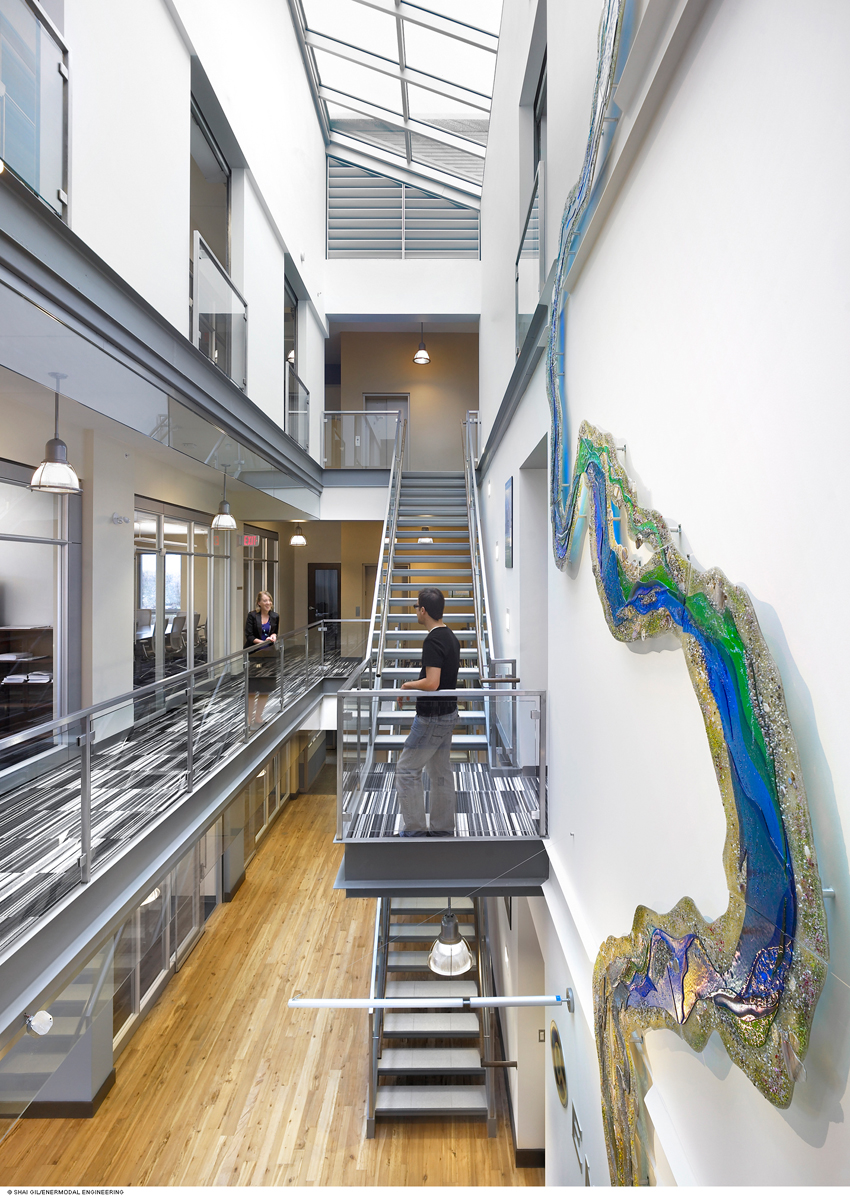Insulating Concrete Forms for Commercial Construction
Learning Objectives:
- Explain the basic design criteria and construction elements of commercial and institutional buildings built with insulated concrete forms (ICFs).
- Enumerate the many benefits of building with ICFs, including energy efficiency, cost efficiency, health, acoustics, durability, and fire safety.
- Discuss how concrete contributes to a building’s resilience to fire, flood, wind, and earthquakes, and helps protect the safety and health of occupants.
- Identify ways in which ICF concrete construction can promote health, safety, and welfare in a variety of building types.
Credits:
This course is approved as a Structured Course
This course can be self-reported to the AANB, as per their CE Guidelines
Approved for structured learning
Approved for Core Learning
This course can be self-reported to the NLAA
Course may qualify for Learning Hours with NWTAA
Course eligible for OAA Learning Hours
This course is approved as a core course
This course can be self-reported for Learning Units to the Architectural Institute of British Columbia
Insulating concrete forms (ICFs) are emerging as the building system of choice for commercial construction. ICFs combine two well-established building products: reinforced concrete for strength and durability, and expanded polystyrene (EPS) insulation for energy efficiency. What makes ICFs different is that in traditional construction, the structural walls are installed first, and then insulation is attached to the walls. For ICFs, the process is reversed. The forms, which are made of rigid insulation, are installed first, and then the reinforcing steel and concrete are placed into the forms. The forms remain in place to provide the high-efficiency thermal, air, and moisture barriers.

Photo courtesy of Nudura and Enermodel Engineering
Enermodal Engineering built its new headquarters in Kitchener, Ontario, Canada, using an extremely airtight and well-insulated building envelope comprised of insulated concrete forms (ICFs). It is now the most energy-efficient office building in Canada.
Most buildings constructed in North America are low- to mid-rise buildings using bearing-wall construction. This means there are exterior and interior walls that are designed to carry the vertical loads and the floors span between the bearing walls. Often the bearing walls also serve to resist lateral loads from wind and earthquakes. ICF wall systems have been used for bearing-wall buildings ranging from single-story to high-rise buildings up to 30 stories tall and everything in between.
There are examples of ICF buildings all over the United States and Canada, including single-family residential, multifamily residential, hotels, dormitories, assisted living facilities, offices, health-care facilities, manufacturing, and warehouse buildings. Schools built with ICFs are popular due to low- or net-zero energy use. Theaters are also trending toward ICF construction for superior sound attenuation. For this course, we will focus on commercial applications, including offices, schools, retail, and institutional buildings.

Photo courtesy of Nudura and Enermodel Engineering
Enermodal Engineering created a new headquarters building that is quiet, comfortable, and healthy for employees.
ICF Wall Systems
The efficient construction process is what sets ICF building systems apart from other building systems, such as wood frame, steel frame, and masonry construction.
ICF construction can help contain construction costs and reduce construction time because of the inherent efficiencies of the installed assembly that serves nine functions:
- Concrete form (that stays in place)
- Thermal barrier
- Air barrier
- Moisture barrier
- Fire barrier
- Sound barrier
- Substrate for running utilities
- Substrate for attaching finish materials
- Reinforced-concrete structure
In other forms of construction, these functions are installed by several different trades, usually at significantly added cost. General contractors can realize a number of on-site efficiencies, including fewer trades, reduced crew size, and accelerated construction schedules. Because construction schedules are usually much shorter with ICF construction, the general contractor is able to finish on time and within budget. The building owner is able to put the building into service sooner, cutting short the financing costs and initiating a quicker revenue flow.

















